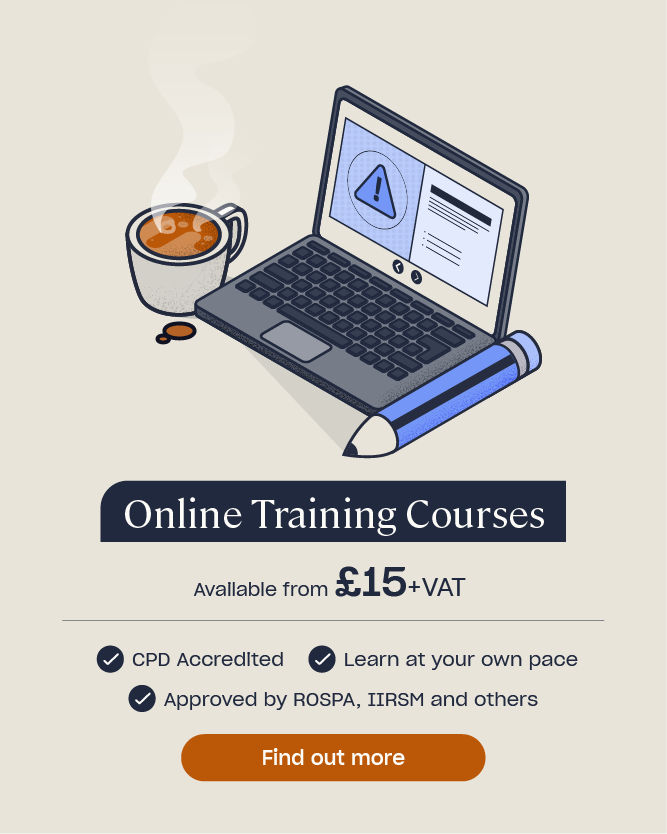What are T Levels and How Will They Impact Your Business?
In the UK, many businesses are struggling to find staff who meet their requirements for technical skills. Statistics from The Open University report that a staggering 63% of UK organisations are currently experiencing a skills shortage. Additionally, 68% of employers report that they have been unable to find candidates who were suitable for their vacant roles.
This ever-increasing skills shortage has led to new government developments in an attempt to close the gap and vary the offering of qualifications available to young people. This has led to the creation of T Levels: a qualification that aims to meet the needs of various industries while simultaneously creating greater opportunities for skilled employment.
What are T Levels?
T Levels are a new type of qualification that will be available from September 2020. Each T Level is equivalent to three A Levels and they are quite similar to A Levels: they are a two-year course, following GCSEs, and are available for 16-18 year olds.
T Levels have been developed by the Department for Education in collaboration with employers and businesses. This collaboration ensures that the content of the T Levels meets the needs of the industry and therefore helps to prepare the students for work.
T Levels involve a mixture of classroom learning and on the job experience. 80% of the qualification is spent in college, learning about industry specific skills and knowledge. The remaining 20% is spent on the job and gives the student the opportunity to put the skills and knowledge that they’ve learnt into practice. This 20% equates to 315 hours spent with an employer, which translates to approximately 45 days over the two years.
The mix of both classroom and practical learning ensures that any student who completes a T Level will receive the knowledge and experience needed to enter skilled employment, higher apprenticeship, or further study upon completion.

How Will T Levels Work?
T Levels will become one of the main choices for students after GCSEs. They will be an option alongside A Levels, for students who want to continue academic study, and apprenticeships, for students who wish to specialise in a specific occupation and learn on the job.
The structure of the T Level contains three core elements:
- A technical qualification, which includes the theory, concepts, and specialist skills needed for a job in that industry area.
- An industry placement with an employer.
- A minimum requirement for maths and English skills. These must be achieved as part of the T Level, unless the necessary grades were achieved at GCSEs.
Upon completion of their studies, students will receive a certificate that includes their overall grade for the T Level. This grade will either be pass, merit, distinction, or distinction*. There will also be a grade for the core component, using A* to E, as well as a separate grade for each occupational specialism, which will be displayed as pass, merit, or distinction. The overall grade is calculated from the core component and occupational specialism grades.
The overall grade will translate to UCAS points should a student choose to progress into higher education after their T Level. UCAS has announced how their Tariff Points system will work for T Levels, and the number of points that will be allocated based on the grade achieved.
How Are T Levels Being Introduced?
The range of T Levels available to students is vast, ranging from finance all the way to building services engineering. However, there will be a roll-out period of three years before all of these T Levels are available.
The first three T Levels, available from September 2020, are in the digital, construction, and education and childcare sectors. There will be a Digital production, design and development T Level (digital sector), a Design, Surveying and Planning T Level (construction sector), and an Education T Level (education and childcare sector). There will be select providers across the UK who will deliver these T Levels.
A further seven T Levels will be available from September 2021, followed by eight in 2022, and a final seven in 2023.

What Do T Levels Mean for Your Business?
T Levels will completely overhaul technical education. They will give students a greater opportunity to learn a technical skill and the knowledge needed for a career in a certain occupation and industry. This will provide greater pathways for students who previously chose to do A Levels because they felt like their other options were limited.
This greater opportunity to develop a technical skill will present many benefits for your business. It is expected to boost productivity and address the national skills shortage. T Levels have been designed with input from employers, in order to give young people the skills that the industries need and are lacking. Therefore, T Levels will not only create more people who are trained in your industry, but it will ensure you get the skills you need to grow your business and, in turn, recruit and retain a greater number of staff.
It’s no secret that employers look highly on candidates who have had workplace experience before they apply for a job. T Levels provide students with full industry placements and sector-specific learning programmes, building on much more than the typical work experience offering. This means that, when it comes to these students applying for jobs in these industries, they already have a bit of a foot in the door and some necessary experience. They already know the core competencies and essentials of the industry, which means they can hit the ground running sooner when they start.

How May T Levels Lessen the Skills Gap in Key Industries?
The introduction of T Levels could play a key role in addressing employer concerns over skill shortages in their industry. The multitude of T Levels available means that there will be a qualification for most industries. Hospitality and catering, education, healthcare, social care, construction, and many more industries will all benefit from industry specific T Levels.
Hospitality
The introduction of a T Level for Catering could mean great things for the Hospitality sector. We know that businesses within this sector are facing challenging times, with a booming industry that requires skilled workers, but a shortage of chefs, cooks, and waiting staff. The reasons for this shortage are wide-ranging: some people have a negative perception of a career in hospitality, the jobs may be low-paid, the hours can be anti-social, and there is a common belief, especially between young people, that a job in hospitality is just one that will ‘do for now’, rather than being a career aspiration. Additionally, the pressures of working in hospitality can sometimes be enough to make people leave their jobs in the industry.
However, T Levels may be a game changer for the hospitality sector. By providing students with both technical skills as well as giving them experience at working in the industry, T Levels highlight the pressures of hospitality to students before they are thrown in the deep end at the start of their career. The T Level will give students an insight into how the hospitality industry operates as well as equip them with the skills needed for a successful career.
Construction
There are many challenges currently facing the construction industry. There are a growing number of SMEs (small and medium-sized enterprises), which may lack the capacity to train people up if staff numbers are low. People may not see construction as a career choice when they leave school and the ageing workforce means that there are a limited number of young people entering the trade and filling the vacancies. Finally, there are a growing number of large-scale projects in construction that need undertaking, such as facilitating the HS2 and building enough properties to meet the UK’s house-building objectives.
However, this could all be about to change with the introduction of T Levels. The construction industry is set to benefit from three T Levels, including ones for Onsite construction, Design, surveying and planning, and Building services engineering. These will provide students with a mix of technical education and skills, as well as experience in the industry before deciding whether it’s a career for them. If the take-up for these qualifications is high, then we could see a greater amount of people entering the construction industry and reducing the current skills gap.
Health and Social Work
Not only is there a skills gap for health and social care workers in the UK, there is a shortage all around the globe. The World Health Organisation estimates that there will be a healthcare workforce gap of 14.5 million by 2030. The NHS is overstretched and is suffering with an estimated shortage of 100,000 full time staff. Additionally, the Care Quality Commission’s State of Care report for 2018/19 stated that the skills shortage within the industry is having a direct impact on care.
It is hoped that the introduction of T Levels, and the Health and Healthcare Science ones in particular, will help to reduce this skills gap. These two T Levels will be available from Autumn 2021, so it isn’t too long before students can take them. The use of technical skills and knowledge-based learning, mixed with practical training in the form of a placement, will give students an all-round knowledge of the sector and provide them with the skills they need to succeed in their career.
T Levels are a new type of vocational qualification which aim to bridge the skills gap in key industries and give technical subjects equal status alongside A levels. They are being rolled out in the UK from Autumn 2020 and will give students the opportunity to learn a key industry skill and prepare them for a career.
What to Read Next:
- High Speed Training Online Courses
- What Skills Do the UK Wish They Had Been Taught in Schools?
- The Importance of Upskilling Staff in Your Business











